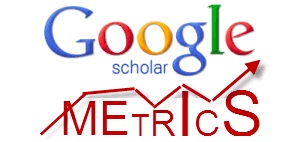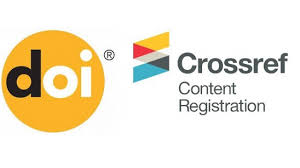THE LEXICAL ASPECT OF VERBALIZING THE ADVERTISING CONCEPT
Abstract
The study explores the lexical aspect of verbalizing the advertising concept, emphasizing the linguistic strategies and lexical tools employed to capture consumer attention and influence behavior. Advertising language serves as a potent instrument for shaping public perception and driving consumer decision-making, yet its lexical intricacies remain underexplored. This research aims to analyze the lexical choices and semantic frameworks that underpin effective advertising messages. A mixed-methods approach was employed, combining qualitative content analysis of 200 advertising samples across various industries with quantitative lexical frequency analysis. The findings reveal that persuasive advertising relies heavily on emotive and evaluative lexis, metaphorical constructs, and concise, impactful phrases. Moreover, the study identifies distinct lexical patterns, including the frequent use of superlatives, comparative structures, and culturally specific idiomatic expressions, as critical elements in successful advertising campaigns.
References
Goddard, A. (2018). The Language of Advertising: Written Texts. Routledge. 4(1-2), 113–136.
Cook, G. (2016). The Discourse of Advertising. Routledge. 5(1-2), 13–16.
Miller, D., & Richards, L. (2020). Digital Advertising Strategies: Language and Communication in Online Contexts. Palgrave Macmillan. . 5(1-2), 13–16.
Copyright (c) 2025 News of the NUUz

This work is licensed under a Creative Commons Attribution-NonCommercial-ShareAlike 4.0 International License.


.jpg)

1.png)







